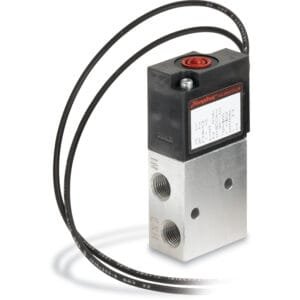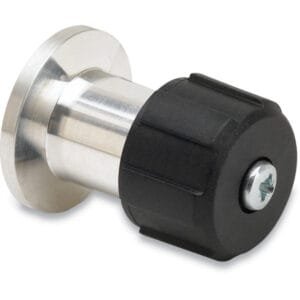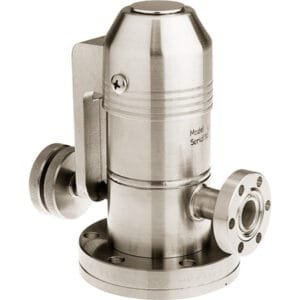Conflat (CF) UHV 6-Way Cubes
Conflat (CF) UHV 6-Way Cubes from TFM are high-performance components designed for use in ultra-high vacuum (UHV) systems. These versatile cubes are engineered to provide leak-tight seals at ultra-high vacuum levels, allowing for efficient and flexible configuration of complex vacuum setups. Featuring ConFlat (CF) flanges, these cubes offer a durable and reliable connection to various components within a vacuum system, making them an essential piece for laboratories, research facilities, and industries that require precision and reliability in UHV environments.
Key Features
High-Performance UHV Sealing
Designed for ultra-high vacuum applications, these cubes maintain excellent sealing capabilities down to 10⁻¹¹ Torr, ensuring that your vacuum system operates at peak performance without leaks.ConFlat (CF) Flange Compatibility
The CF flange design ensures a metal-to-metal seal, providing an ideal solution for UHV systems where leak-tightness and vacuum integrity are paramount.Versatile 6-Way Port Configuration
The 6-way cube provides six ports, allowing for flexible connection options in vacuum systems. This makes it easier to integrate various components such as pumps, gauges, and other vacuum equipment into a single, compact unit.Durable Construction
Made from high-quality stainless steel or other compatible materials, these cubes are resistant to corrosion, ensuring long-lasting performance even in harsh environments.Precise and Reliable
TFM’s CF UHV 6-Way Cubes are manufactured with precision to meet the strictest standards for UHV and vacuum systems, ensuring a reliable and leak-tight connection that supports the integrity of your system.
Applications
UHV Systems and Research
Ideal for creating complex UHV systems in scientific research, such as particle accelerators, surface science experiments, and thin-film deposition chambers.Semiconductor and Nanotechnology
These cubes are widely used in the semiconductor industry, providing reliable and flexible connection options for high-precision vacuum systems that require stringent performance.Vacuum Chambers and Processing Equipment
Used extensively in vacuum chambers for materials processing, these cubes offer easy integration of multiple ports to support different parts of the vacuum process.Surface Science and Material Research
Perfect for surface analysis, material research, and spectroscopy, where UHV environments are required for accurate measurements and contamination-free experiments.
Technical Specifications
Material Options: Stainless steel, Inconel, or other compatible materials
Flange Type: ConFlat (CF)
Vacuum Rating: Suitable for ultra-high vacuum applications down to 10⁻¹¹ Torr
Port Configuration: 6-way design for flexible connections
Temperature Range: Suitable for a broad range of temperatures
Size Options: Available in various sizes to fit specific UHV requirements
Benefits of Conflat (CF) UHV 6-Way Cubes
Leak-Tight Performance: The metal-to-metal seal ensures reliable and long-lasting vacuum integrity for ultra-high vacuum systems.
Flexible Port Configuration: Multiple ports provide flexibility in connecting different system components, making the system setup easier and more efficient.





Reviews
There are no reviews yet.